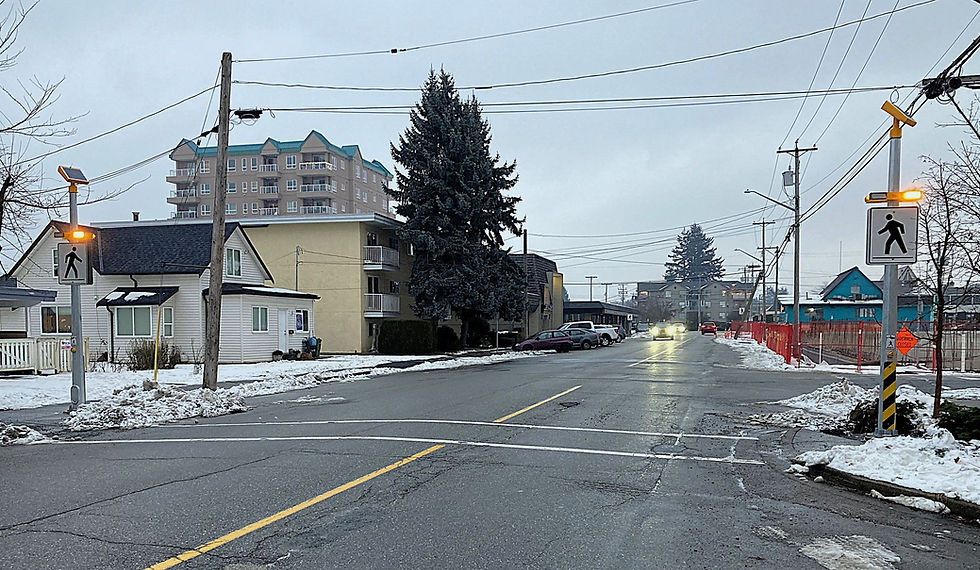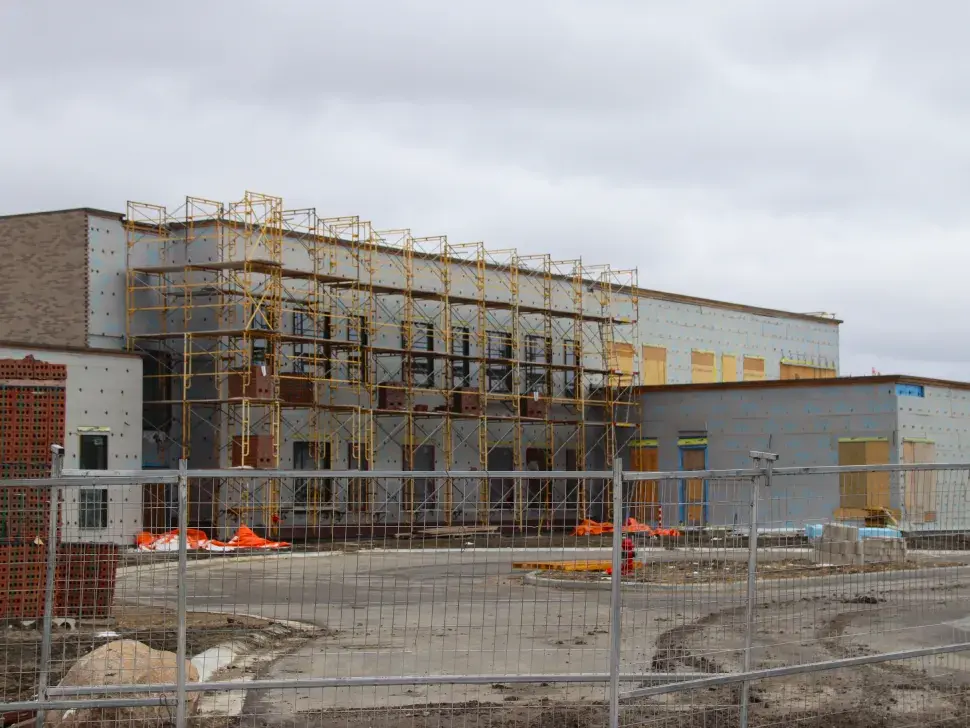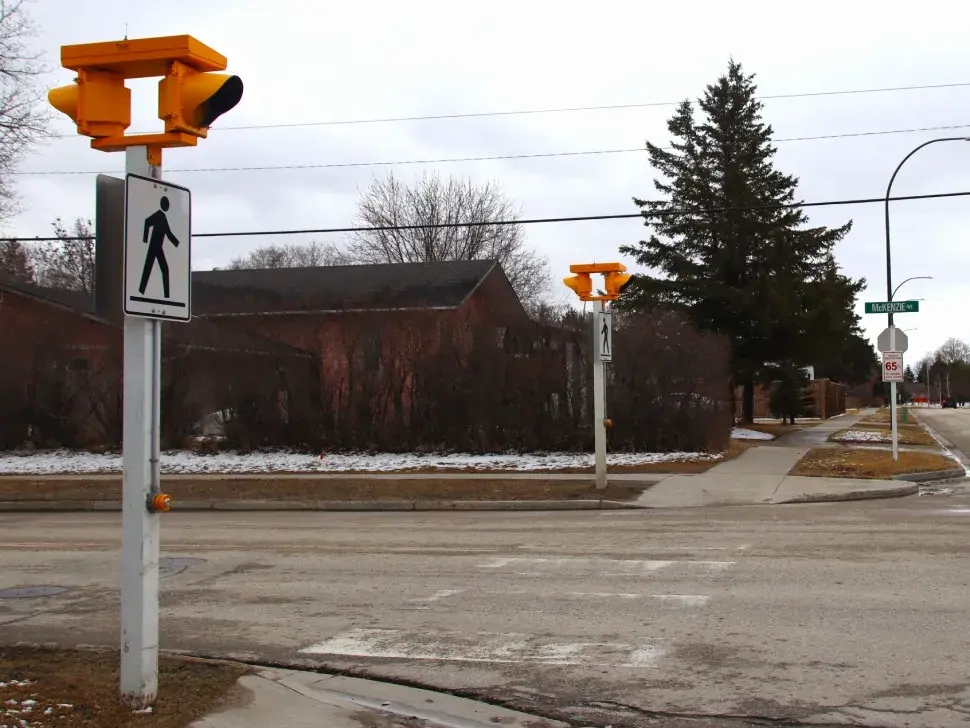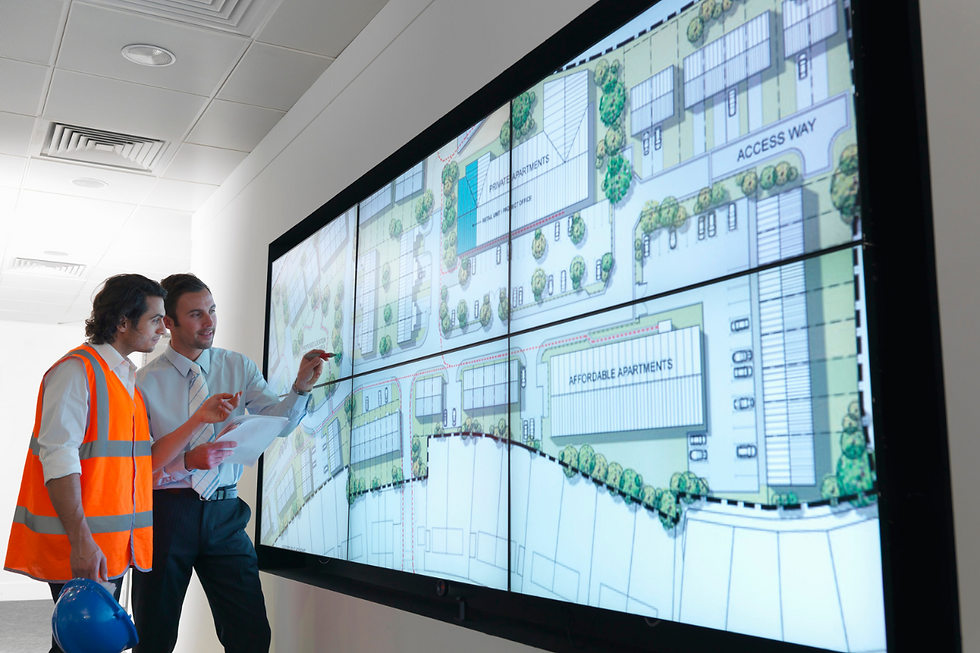From Planning to Protection: How Modern Crosswalk Lighting Systems Save Lives
- JSF Technologies

- Aug 12
- 3 min read

The City of Steinbach recently approved a crucial infrastructure addition that highlights the growing importance of improving pedestrian safety in rapidly developing communities. The new crosswalk at McKenzie Avenue and Parkland Drive, designed to serve the upcoming Parkhill School, demonstrates how proactive planning can prevent pedestrian collision incidents before they occur.
Strategic Planning Prevents Future Safety Issues
With over 100 students expected to cross McKenzie Avenue daily to attend the new Kindergarten to Grade 4 school, Hanover School Division took a forward-thinking approach to safety. Rather than waiting for incidents to occur, they requested the crosswalk installation months ahead of the school's opening, recognizing that young children require enhanced safety measures when navigating busy streets.
"We're just trying to see this ahead of time, and prepare for it from a safety point," explained Joe Thiessen, the division's superintendent, emphasizing the proactive nature of their safety strategy.

The Power of Enhanced Crosswalk Lighting Systems
While the Steinbach crosswalk will follow the design of the existing crossing at McKenzie Avenue and Giesbrecht Street, this presents an opportunity to discuss the evolution of pedestrian safety technology. Modern crosswalk lighting systems have revolutionized how we protect pedestrians, particularly in high-traffic areas near schools.
Flashing crosswalk lights serve as critical safety infrastructure that:
Increases visibility during low-light conditions
Alerts drivers to active pedestrian crossings
Provides consistent safety signals regardless of weather conditions
Creates clear boundaries for both pedestrians and vehicles

Preventing Pedestrian Collisions Through Smart Design
The timing of Steinbach's crosswalk approval is particularly noteworthy. By conducting a pedestrian control analysis before the school opens, the city demonstrates how data-driven decision-making can prevent pedestrian collision incidents. This proactive methodology considers:
Projected foot traffic volumes
Age demographics of pedestrians (young children require additional safety measures)
Traffic patterns on busy arterial roads
Integration with existing safety infrastructure
Lessons for Growing Communities
As communities expand and new schools open, the Steinbach model offers valuable insights:
Plan ahead: Safety infrastructure should be installed before it's desperately needed
Use data: Base decisions on enrollment projections and traffic analysis
Collaborate: School divisions and municipalities must work together
Think comprehensively: Combine crosswalks, lighting, and human oversight for maximum effectiveness

The Future of Pedestrian Safety: Building on Proven Success
Modern crosswalk safety extends far beyond painted lines on asphalt. Today's solutions incorporate advanced crosswalk lighting technology, smart traffic signals, and comprehensive planning that considers both current needs and future growth. Flashing crosswalk lights represent just one component of evolving safety systems that are improving pedestrian safety across North America.
The Steinbach crosswalk approval demonstrates that adequate pedestrian safety requires foresight, collaboration, and commitment to protecting our most vulnerable road users. As communities like Steinbach continue to grow, the integration of these technologies with traditional safety measures, such as crossing guards, creates robust protection for vulnerable road users.
By investing in proper infrastructure before problems arise, communities can significantly reduce the risk of pedestrian collision incidents while creating safer environments for students and families. As this crosswalk prepares to serve Parkhill School students in the 2025/26 school year, it stands as a testament to what's possible when safety is prioritized from the planning stage forward. Other growing communities would be wise to follow Steinbach's example of proactive, comprehensive pedestrian safety planning.
Contact us today to discover how we can assist you in creating safer crosswalks and enhancing pedestrian safety in your area. Let's work together to build infrastructure that protects lives before accidents happen.



Comments